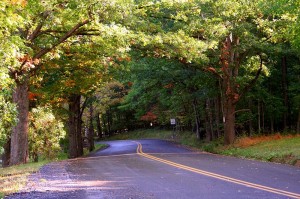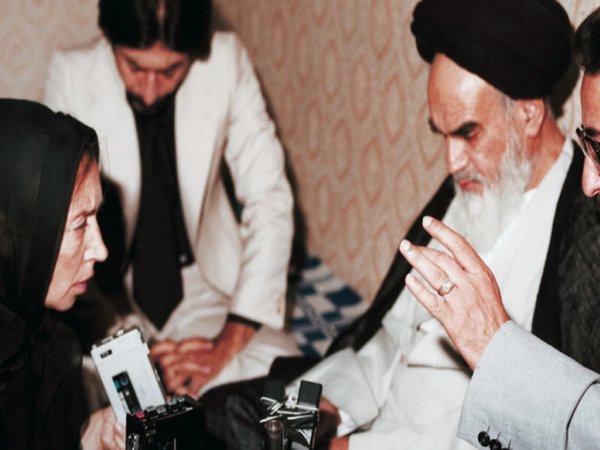
As a journalist you are probably looking for good stories wherever you go. They could be short news stories for a blog, or lengthy articles that you may be able to pitch to an international publication.
Taking a long road trip is one thing that everyone should do regardless of whether they intend to write about it or not. The following tips could benefit you whether you are an aspiring journalist, or if you just want to make the most of your trip.
Plan ahead
It’s all good and well planning to drive and see where the road takes you but you might find yourself in the dingiest, grubbiest motel, or out in the middle of nowhere without a place to stay.
Do your research. Think about places you want to see, the roads you want to drive and scenery you want to experience. You don’t have to choose a specific route but give yourself time to get from place to place.
I can speak from experience when I say that one night in each stop isn’t enough. If you drive for eight hours you won’t have long in your newest destination before it’s time for bed. Take another day to give you time to explore the area.
Hotels
Choosing the right places to stay is very important for getting the best story out of your trip. It’s best to go for either quirky boutique hotels that are a joy to write about or intimate bed and breakfasts where you get to meet the owners and other guests.
People make great stories so make an effort to talk to the locals. Some of those people might make you laugh, some might enlighten you and others might just be a little weird but all make for a good story.
Document the trip
There are two ways you can do this and I would suggest doing both. Firstly, write it all down. Get a journal that also acts as a scrap book. Stick little things like tickets and notes in there and write about what you got up to on a daily basis. Not only will this make a great keepsake but it’s something for you refer back to when writing your final article.
Secondly, take photographs. I’d recommend getting a DSLR camera so you can provide publications with hi-res images of your trip. This way you can sell your writing and your photography. Editors also look very favourably on articles that come with images as that’s one less job they have to do.
Take the scenic route
I learned too late on my first trip that the quickest route between destinations is not always the best. We took the highways so we could spend as little time travelling as possible. We were more interested in the destinations we’d spent so long choosing. In the end, the long drives on country roads were what made the trip.
One hostess of a beautiful little lodge in Virginia in the USA pointed out to us some beautiful roads on our map. I wrote down some of her instructions and we set off. I read a map for the second time in my life (first was in New York but I’ll come to that).
We took some beautiful winding roads up and down mountains, through forests and past creeks as we passed into Tennessee – it was amazing.
Navigation
Having satellite navigation can really help you on your journey, especially if you get lost or want to get somewhere quickly. However, this doesn’t mean you shouldn’t take a map with you.
When we drove through the Lincoln Tunnel onto Manhattan our sat nav lost all satellite reception. I had to navigate our way to our hotel using just a map, which is really hard when you’re contending with so many one way road systems. It was frustrating at the time but it makes a great story. We had relied so heavily on the GPS that when we didn’t have it, we really struggled.
Getting home
One of the best things about being a journalist is being able to relive wonderful trips through the written word. When you get home take a day or so to recover then think about what was different or interesting about your trip. What’s the hook that will get people reading?
Once you’ve worked that out, start looking into potential outlet for your story and photographs. Start with the big, glossy magazines and if none of them are interested, move onto smaller publications.
All publications have different ways in which they like journalists to pitch a story. Some want to see it up front, others only want an outline and some are just happy to hear your idea. Most magazines and websites that regularly accept contributions will give guidelines on their websites.
The benefits of covering a lot of distance in a holiday is that you will get to see and do things you might not do on a regular holiday. Meeting people, eating new food and watching the scenery change from place to place is a real joy. A road trip is a travel journalist’s dream.
Taylor Ritchie is a travel journalist currently working for MYNRMA.






